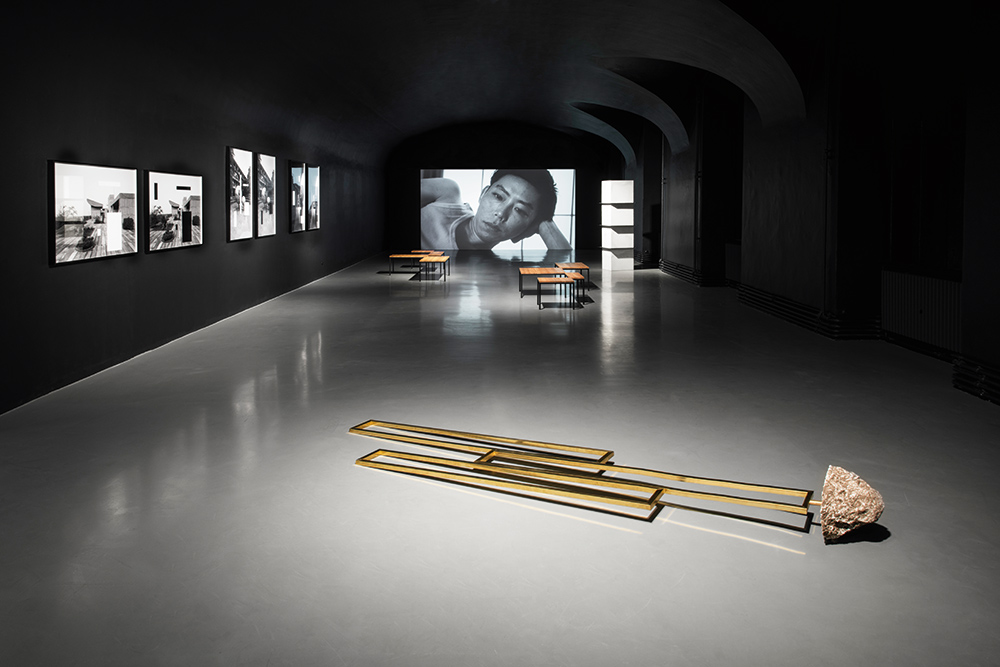
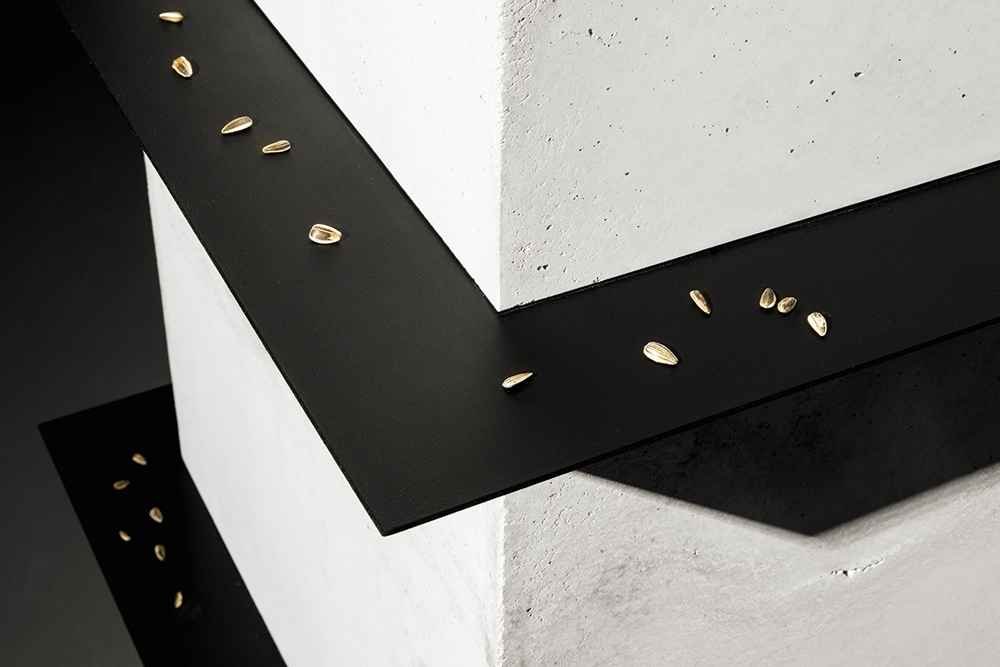
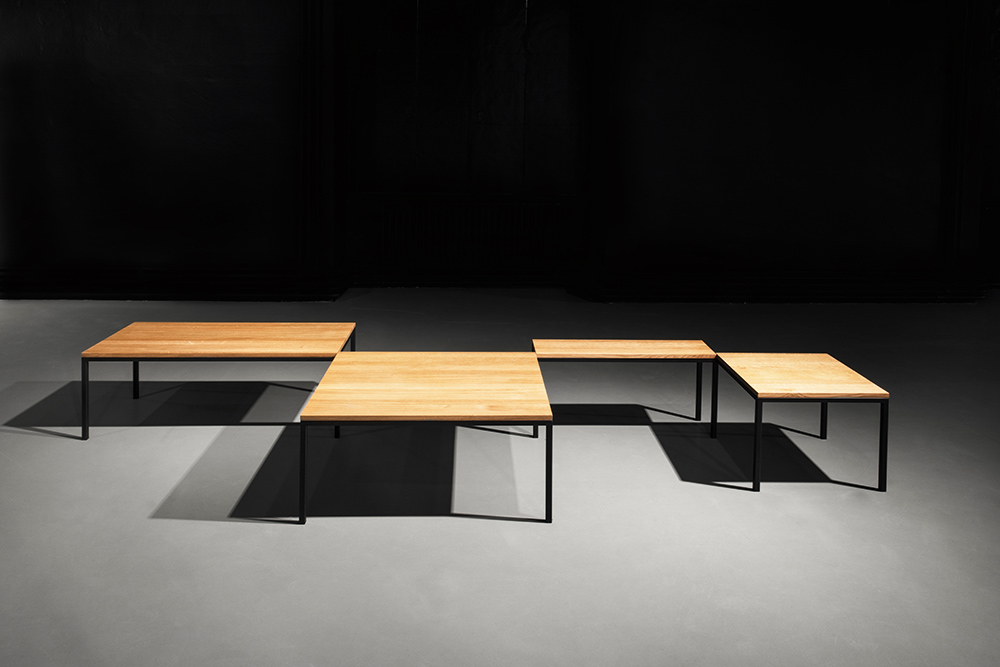

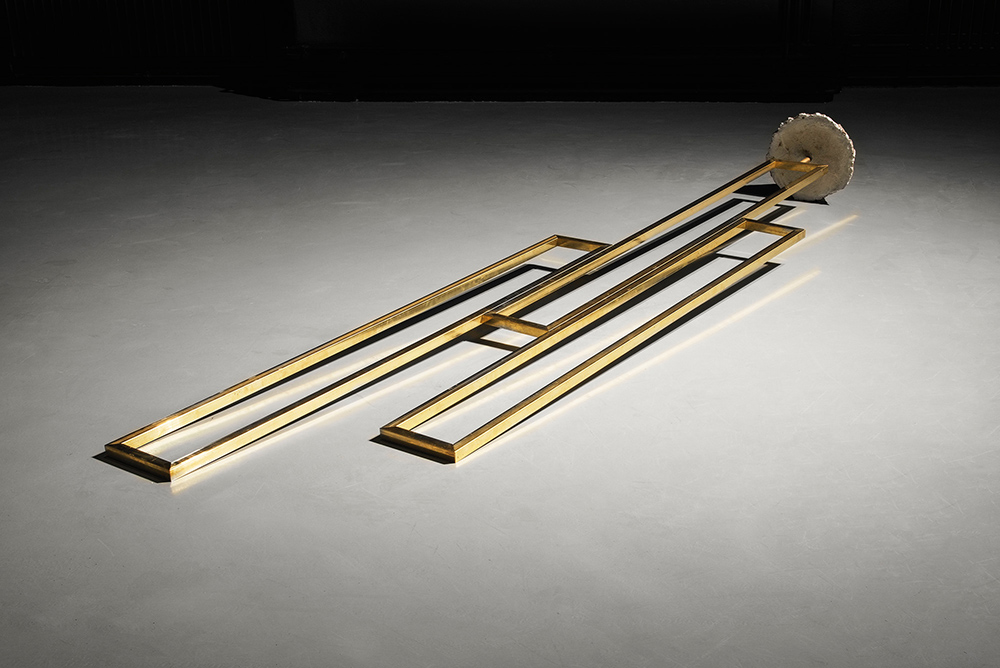
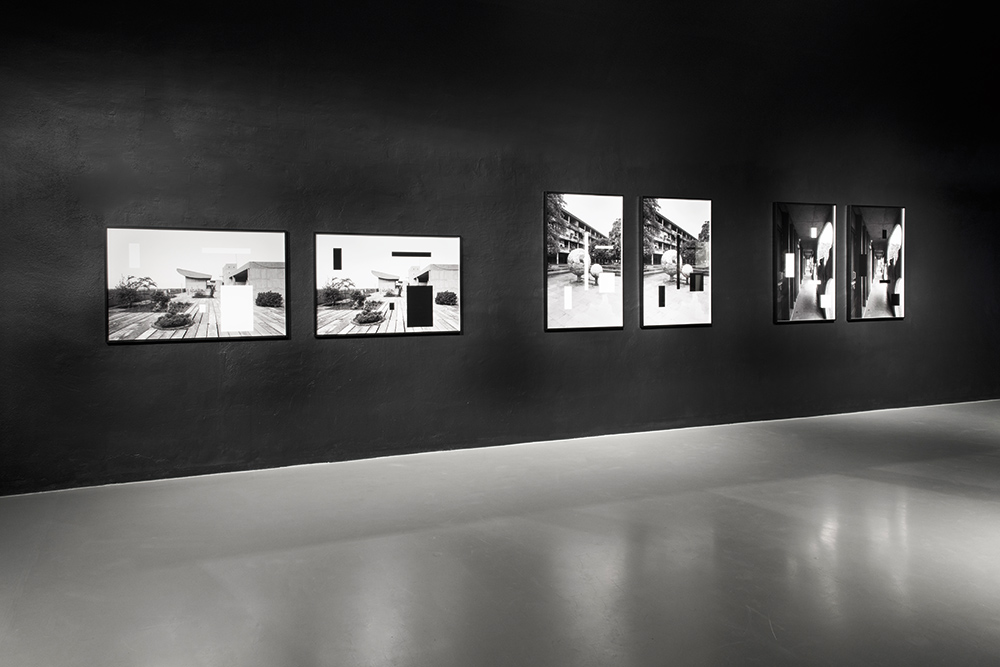
MAK - Musuem of Applied Arts / Contemporary Art, Vienna (AT)
20.04.2016 – 02.10.2016
Curator:
Marlies Wirth (AT)
In his Forms in Time solo exhibition developed for the MAK, the artist Kay Walkowiak approaches the question of the timelessness and narrative conceivability of form on the basis of the differing culture-historical mentalities of East and West. “The traveler leaves no trace because he keeps pace with the movement of things,” is the comment of the philosopher Byung-Chul Han on an old Chinese saying, and thereby refers to a Far Eastern tradition of the relationship with form that, in contrast with the Western form, primarily conceived of as substance, is oriented to the real absent person. In an eclectic compilation of new works, Walkowiak sounds out the historically and socioculturally characterized approach to form and questions its functional positing as a projection surface for timeless utopias.
The central work of the exhibition is the film Island (2016), created in Japan, in which a black square accompanies the human protagonist through a variety of everyday situations, both as an actual object and as a symbolic blank: he carries the monochrome square through various urban settings, lies in the bathtub looking with concentration at the geometrical form or carefully feels the surface with his fingertips. Between subtly erotic contact, auratic reverence or indifferent casualness, the black surface does achieve a direct status as a result of these interactions, but remains abstract, mystic and intangible in its meaning. There is no final determination of what the object is or represents in itself. It appears to swallow up any meaning ascribed to it like a black hole. Ageless and timeless, the universally legible form of the black square opposes all events, emotions and contact as a sacrosanct ideal.
Since Antiquity, the western concept of form has sought the platonic “ideal” or the manifestation of the idea as form and substance, which is understood as constant and unalterable. The concept of “eternity” continues with Christianity and culminates in the uncompromising vision of modernity and its search for the perfect, universally legible, and timeless form.
Walkowiak’s form experiment is expressed in concrete terms in a series of sculptures in which he sounds out the experiencing of the object in the context of its environment, as well as the possibility for the interaction of body and form. The sculptural works Fukinsei (#1), Fukinsei (#2), Untitled (Object for Birds), and Case Study Object (2016) address the concepts of proximity and distance, display and real situation, as well as the prototypical form vocabulary of modernity. A Different Order (2014/2016), a series of pigment prints on the subject of Le Corbusier's planned city of Chandigarh, India, thematize the boundaries of seemingly timeless modernity and continue the discussion of Walkowiak’s question concerning the utopian properties of form and material.
The notion that an idea can “assume form” is diametrically opposed to the quest to divest form of its substance, and traces an arc to the Eastern interpretation of the form concept as a fluid “blank” subject to the permanent course of time. The traveler abides for a moment between being and becoming. Form loses its substance and, through its emptiness, space expands. This closes the circle around the title of the exhibition, Forms in Time: everything hangs in the balance between concrete reality and absolute utopia.
Text: Marlies Wirth,MAK - Musuem of Applied Arts, Vienna 2016
Photos: (c) MAK / Alsan Kudrnofsky
The central work of the exhibition is the film Island (2016), created in Japan, in which a black square accompanies the human protagonist through a variety of everyday situations, both as an actual object and as a symbolic blank: he carries the monochrome square through various urban settings, lies in the bathtub looking with concentration at the geometrical form or carefully feels the surface with his fingertips. Between subtly erotic contact, auratic reverence or indifferent casualness, the black surface does achieve a direct status as a result of these interactions, but remains abstract, mystic and intangible in its meaning. There is no final determination of what the object is or represents in itself. It appears to swallow up any meaning ascribed to it like a black hole. Ageless and timeless, the universally legible form of the black square opposes all events, emotions and contact as a sacrosanct ideal.
Since Antiquity, the western concept of form has sought the platonic “ideal” or the manifestation of the idea as form and substance, which is understood as constant and unalterable. The concept of “eternity” continues with Christianity and culminates in the uncompromising vision of modernity and its search for the perfect, universally legible, and timeless form.
Walkowiak’s form experiment is expressed in concrete terms in a series of sculptures in which he sounds out the experiencing of the object in the context of its environment, as well as the possibility for the interaction of body and form. The sculptural works Fukinsei (#1), Fukinsei (#2), Untitled (Object for Birds), and Case Study Object (2016) address the concepts of proximity and distance, display and real situation, as well as the prototypical form vocabulary of modernity. A Different Order (2014/2016), a series of pigment prints on the subject of Le Corbusier's planned city of Chandigarh, India, thematize the boundaries of seemingly timeless modernity and continue the discussion of Walkowiak’s question concerning the utopian properties of form and material.
The notion that an idea can “assume form” is diametrically opposed to the quest to divest form of its substance, and traces an arc to the Eastern interpretation of the form concept as a fluid “blank” subject to the permanent course of time. The traveler abides for a moment between being and becoming. Form loses its substance and, through its emptiness, space expands. This closes the circle around the title of the exhibition, Forms in Time: everything hangs in the balance between concrete reality and absolute utopia.
Text: Marlies Wirth,
Photos: (c) MAK / Alsan Kudrnofsky